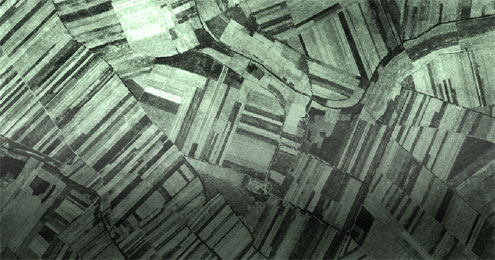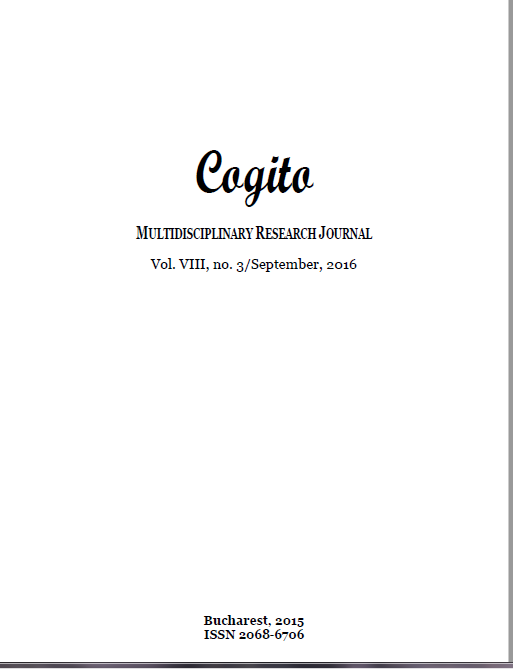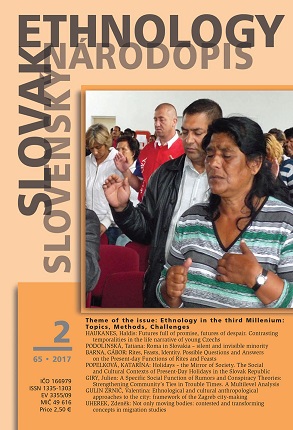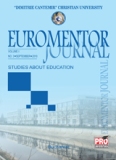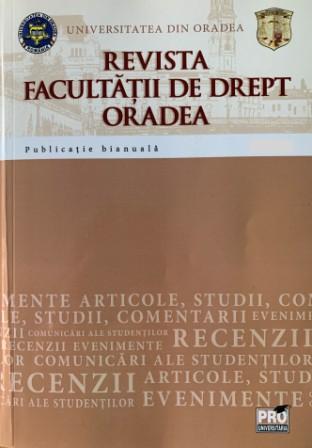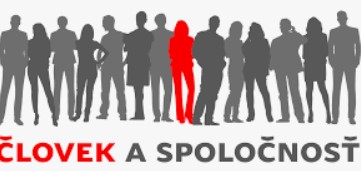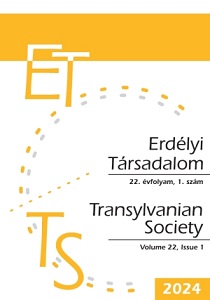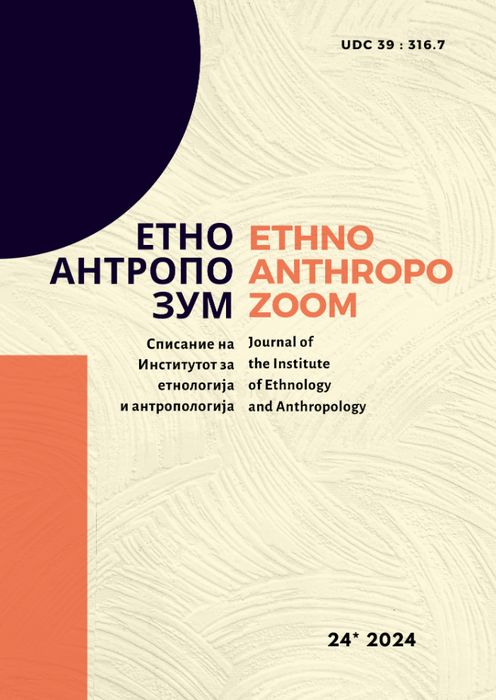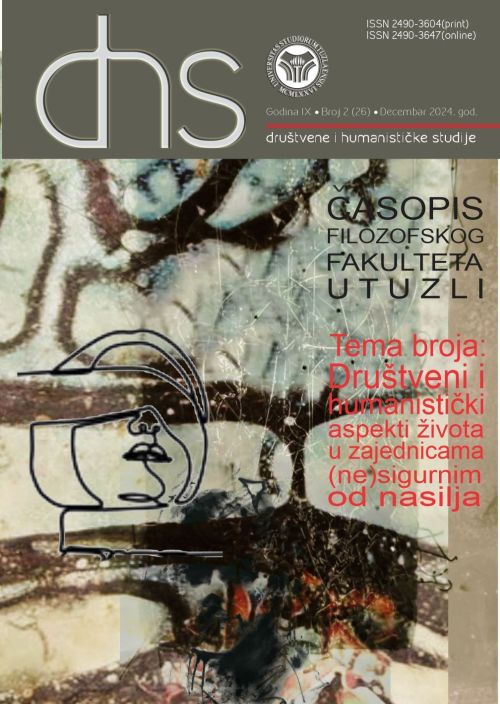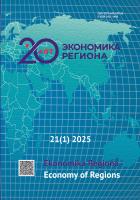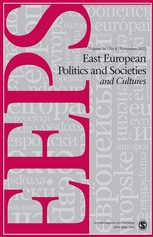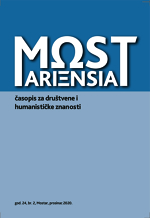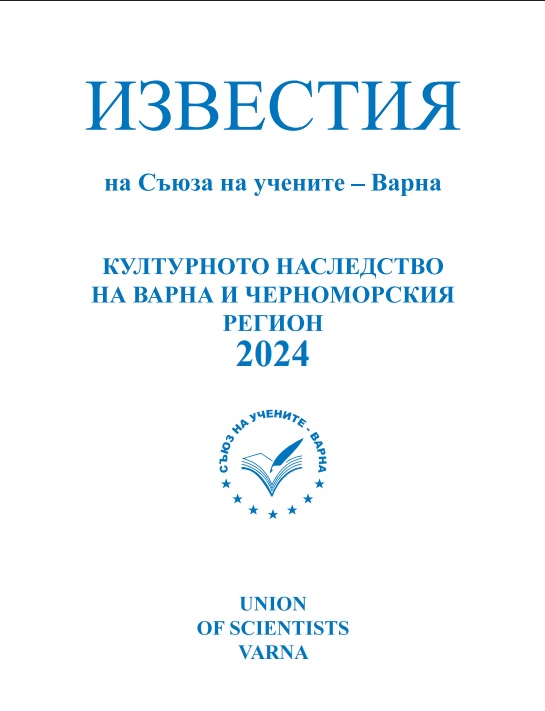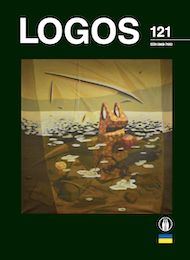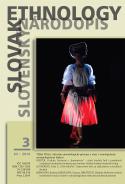
Teórie etnickej identity kanchan chandrovej a národnej indiferencie a možnosti ich uplatnenia pri historickom i etnologickom výskume jazykovo-kultúrne heterogénneho obyvateľstva juhoslovenských regiónov a miest
Slovak and Hungarian social sciences have paid sufficient attention to research on the transformation of the ethnic identities of people living mainly in ethnically mixed regions and towns of southern Slovakia. In the course of the 20th century, the affected population switched its ethnic identification codes depending on the assimilation political practices or the ethnic policy of the respective state authorities. The aim of this paper is to point out, through the theory of ethnic identity by political scientist Kanchan Chandra from New York (2012), the possibilities of applying an innovative analytical language to the historical and current research of assimilation processes, which enable a more exact grasping of the mechanisms of ethno-cultural changes in the southern Slovakian region heterogeneous in terms of language and culture. The inhabitants of this type of regions and towns were easily ethicized given their potential to become holders of several types of nominal ethnic identities which were activated (assimilation) or deactivated (dissimilation) depending on the situation in various contexts of the daily public and private life. This “non-national” behavior of the population (ethnical practice) had a causal influence on the current ethnic structure of the “lost” or “recovered” town, which can be interpreted as an expression of national indifference– the concept advocated by social scientists Tara Zahra, Jeremy King or Pieter Judson.
More...
